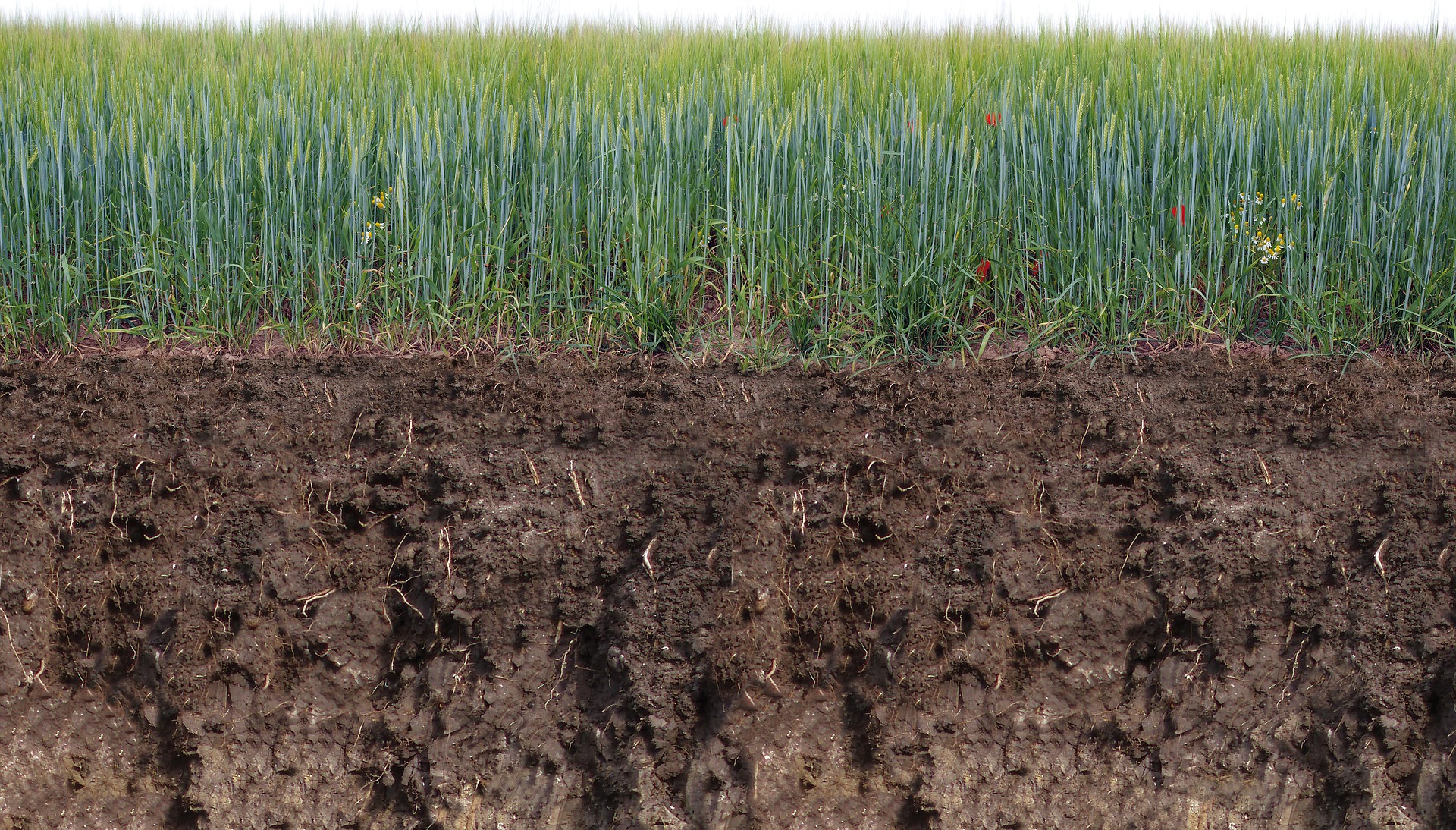No-Till Farmers’ Push for Healthy Soils Ignites a Movement in the Plains
No-till farming started as a way to keep costs down for conventional farmers in danger of losing their land. Now it has become a subculture and a way of life for outsider farmers all over rural America.
Author: Twilight Greenaway | Published: February 13, 2018
Jimmy Emmons isn’t the kind of farmer you might expect to talk for over an hour about rebuilding an ecosystem. And yet, on a recent Wednesday in January, before a group of around 800 farmers, that’s exactly what he did.
After walking onstage at the Hyatt in Wichita, Kansas to upbeat country music and stage lights reminiscent of a Garth Brooks concert, Emmons declared himself a recovering tillage addict. Then he got down to business detailing the way he and his wife Ginger have re-built the soil on their 2,000-acre, third-generation Oklahoma farm.
A high point of the presentation came when the 50-something farmer—who now raises cattle and grows alfalfa, wheat, and canola along with myriad cover crops—described a deep trench he’d dug in one of his fields for the purposes of showing some out of town visitors a subterranean cross-section of his soil. After it rained, Emmons walked down into the trench with his camera phone, and traced the way water had infiltrated the soil. Along the way, the Emmons on stage and the Emmons behind the camera became a kind of chorus of enthusiasm, pointing out earthworm activity, a root that had grown over two-and-a-half feet down, and the layer of dark, carbon-rich soil.
“It was just amazing,” said Emmons in an energetic southern drawl. The water had seeped down over five feet. And the other farmers in the room—a collection of livestock, grain and legume producers mainly from Oklahoma, Kansas, Nebraska, and the Dakotas, as well as several Canadian provinces who had gathered for the 22nd annual No-till on the Plains conference—nodded their heads in a collective amen.
Most had travelled for hours to hear Emmons and others like him share their soil secrets, their battle scars, and their reasons to hope. And they knew that getting rainwater to truly soak into farmland—instead of hitting dry, dead soil, soaking an inch or two down, and then running laterally off—is a lost art.
The previous morning, the controversial grazing guru Allan Savory had stood on the same stage before the enthusiastic crowd and described the enormous quantity of spent, lifeless soil that erodes into the ocean every year in terms of train cars. “A train load of soil 116 miles long leaves the country every day,” said Savory, quoting the Natural Resources Conservation Service of the U.S. Department of Agriculture (USDA).
Or to put it another way, erosion accounts for the loss of around 1.7 billion tons of farmland around the world very year. As that soil escapes, so does an abundance of nitrogen and other nutrients that are slowly killing vast parts of our oceans and lakes. And as agricultural soil dies and disperses, it also releases greenhouse gases like nitrous oxide and carbon dioxide.

